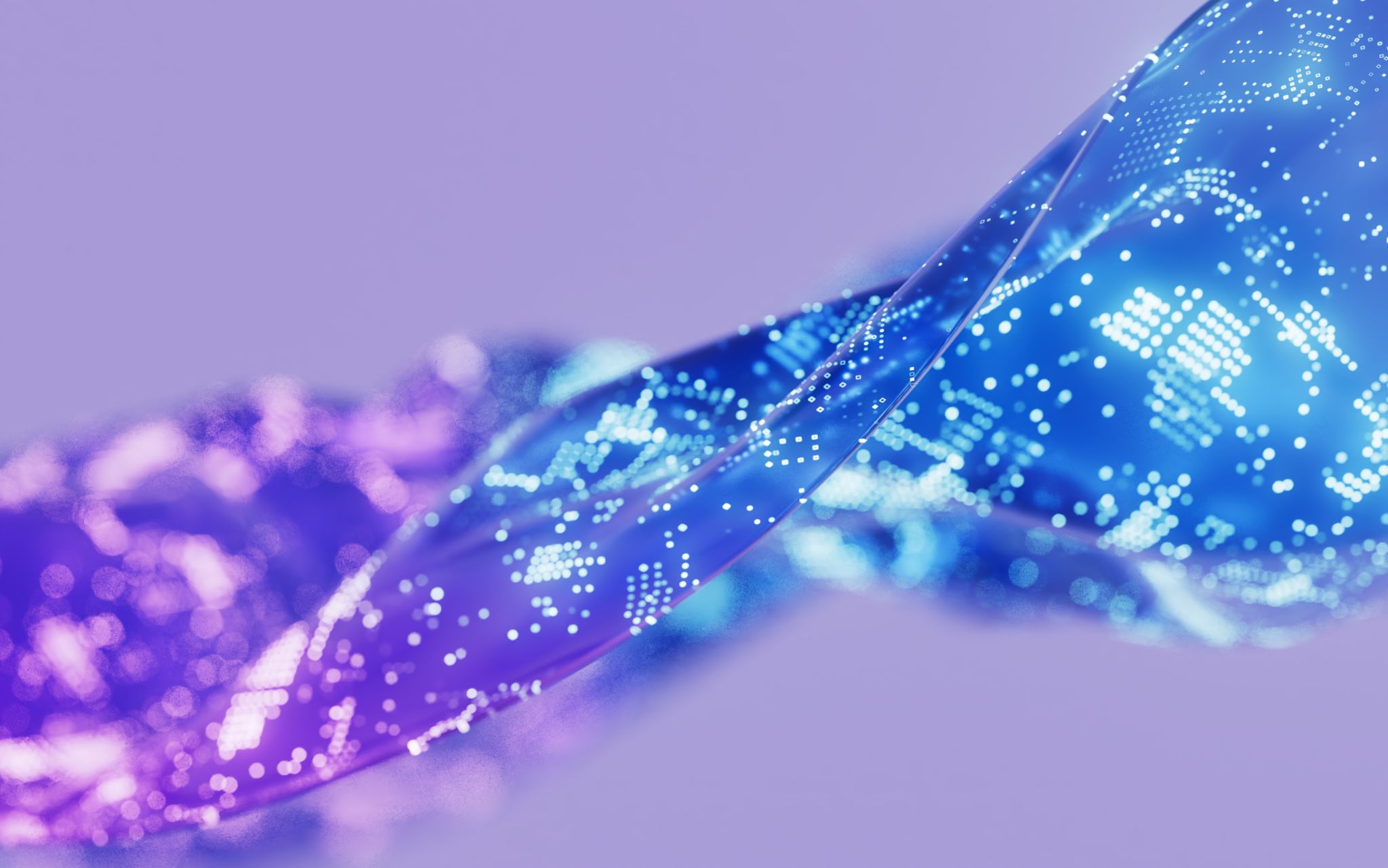The Role of AI in Revolutionizing Tech Transfer Processes
Introduction to Tech Transfer
Technology transfer, often known as "tech transfer," is the process of transferring technology, knowledge, or innovations from one organization to another. This could involve moving a technology from a research institution to a commercial entity or simply sharing expertise between companies. The ultimate goal is to ensure that innovative ideas can be developed and brought to market efficiently.
In recent years, the role of artificial intelligence (AI) in enhancing tech transfer has grown significantly. AI tools are being harnessed to streamline various processes involved in tech transfer, making them faster, more efficient, and more successful.

AI's Impact on Identifying Innovations
One of the most crucial steps in tech transfer is identifying the right innovations that have the potential for commercial success. AI can assist significantly in this area by analyzing vast amounts of research data to spot trends and predict the potential impact of new technologies. By doing so, AI helps organizations prioritize which innovations to invest in and develop further.
Furthermore, AI algorithms can analyze patent databases and scientific publications to identify emerging technologies and evaluate their market readiness. This capability allows companies to make informed decisions about which technologies to pursue.
Enhancing Patent Analysis
Patent analysis is a critical component of tech transfer. AI-powered tools can rapidly analyze patent landscapes, identifying key players, potential competitors, and white spaces in technology areas. This analysis helps organizations understand where they stand in relation to existing technologies and can guide strategic planning.

Streamlining Collaboration and Communication
Effective communication and collaboration are vital for successful tech transfer. AI tools can facilitate this by automating routine tasks, scheduling meetings, and even generating reports. These tools ensure that all stakeholders are kept informed and engaged throughout the process, reducing the likelihood of misunderstandings or delays.
Moreover, AI-driven platforms can match researchers with potential industry partners by analyzing their areas of expertise and identifying complementary needs. This matchmaking capability fosters more effective collaborations, ensuring that innovations reach the market more quickly.
Automating Administrative Tasks
Administrative tasks involved in tech transfer, such as documentation, compliance checks, and reporting, are often time-consuming and prone to human error. AI can automate many of these tasks, improving accuracy and freeing up human resources for more strategic activities. This automation not only speeds up the process but also reduces costs associated with tech transfer.

Predicting Market Trends
AI's ability to analyze large datasets allows it to predict market trends with remarkable accuracy. By understanding these trends, organizations can tailor their tech transfer strategies to align with market demands. This predictive capability helps companies stay ahead of the competition by focusing on technologies that have a higher likelihood of success.
Additionally, AI can simulate various market scenarios to assess how a new technology might perform under different conditions. This insight allows organizations to refine their strategies and make better-informed decisions regarding product development and commercialization.
Conclusion
The integration of AI into tech transfer processes represents a significant leap forward. By enhancing innovation identification, streamlining collaboration, automating administrative tasks, and predicting market trends, AI is revolutionizing how technology moves from lab to market. As AI continues to evolve, its role in tech transfer will undoubtedly expand, further optimizing the process and driving technological advancements worldwide.
